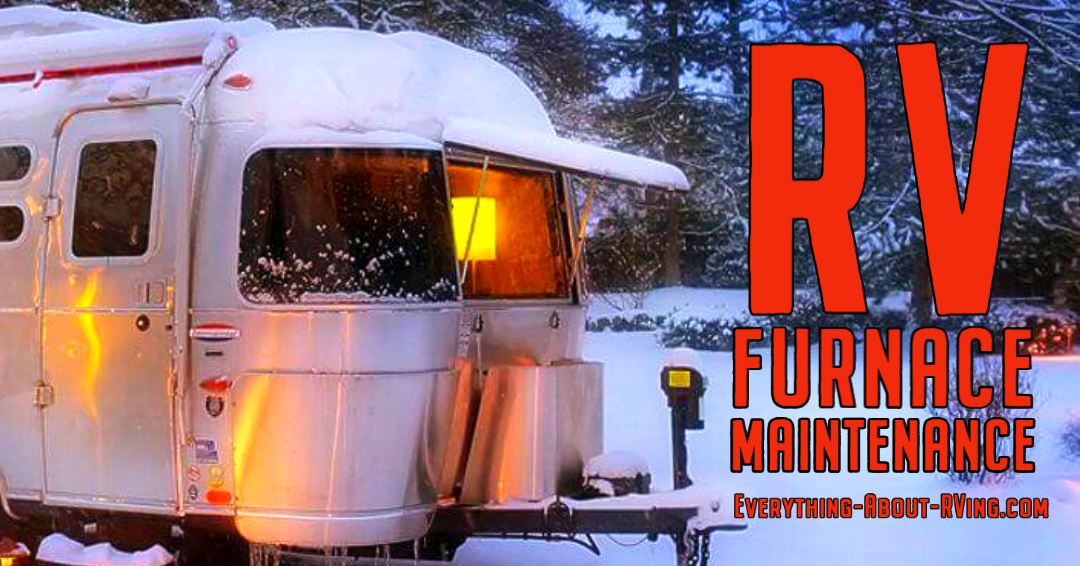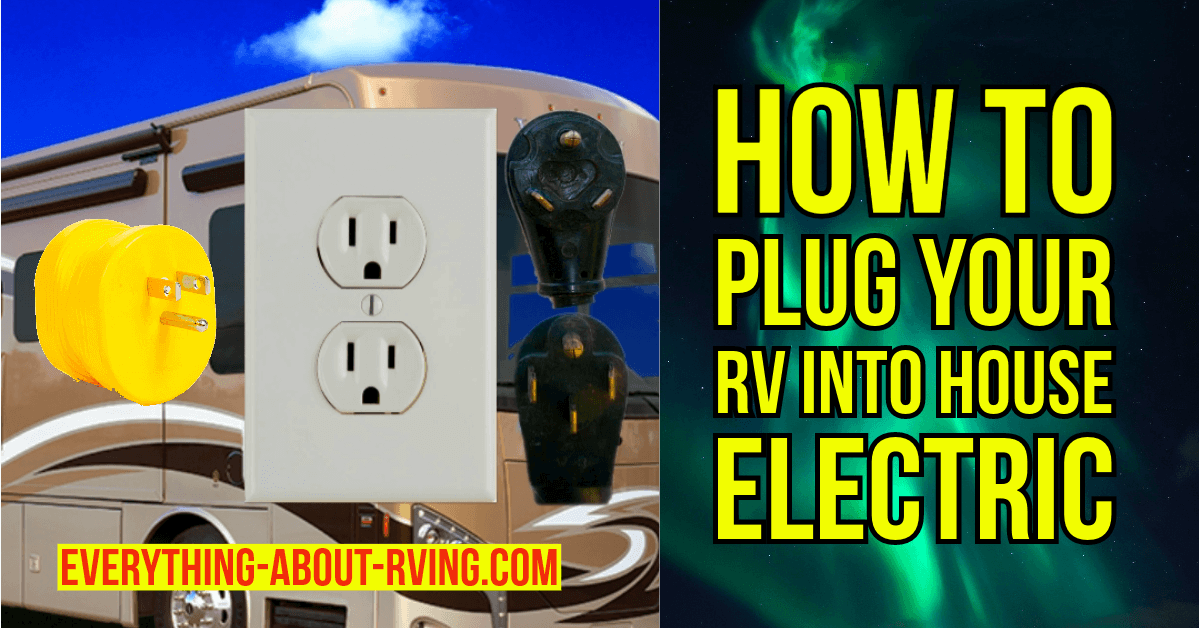RV Furnace Maintenance
A well-maintained RV Furnace will help you stay toasty in your RV during winter
By FMCA and the “RV Doctor” Gary Bunzer
About RV Furnaces
An RV forced-air furnace is a sealed combustion system, so it is relatively easy for owners to perform a few maintenance procedures to ensure that warm air will circulate when needed. This is not to say the need for professional attention is eliminated altogether. As with any propane-burning appliance, it is still vital the delivery line pressure be measured and adjusted, the regulator be tested, and a deeper cleaning be performed periodically. Also, it is imperative the complete propane piping system be tested for leaks at least once per camping season.
There are, however, a few simple steps all RV owners can follow to avoid shop labor costs. I’ve always maintained the four crucial areas regarding the RV forced-air furnace are as follows:
- Cleanliness of the furnace
- Proper routing of the ductwork
- Return airflow
- DC voltage supply
All RVers should carry a decent digital multimeter (DMM), a few hand tools, and standard cleaning supplies so these four areas can be addressed before the onslaught of winter.
Furnace Cleanliness
1. Vacuum and wipe down all portions of the furnace you can easily access. Simply keeping the unit free of accumulated dust and dirt will help ensure proper operation.
2. Vacuum in and around all areas of the furnace compartment, including the floor ducts. In some cases, it may be possible to remove a front panel to gain access to the interior portions of the furnace enclosure. In other cases, access may be gained through a panel from outside the RV. Use a soft, damp cloth to wipe down all metal components.
3. Take time to fully inspect the intake and exhaust vents on the exterior of the motorhome. The fireside stories you’ve heard of wasps, spiders, mud daubers, and birds possibly building a nest inside that intake/exhaust assembly are true. Obstructions in the intake tube will cause an overly rich mixture at the burner, resulting in incomplete combustion. Obstructions in the exhaust tube can be a fire hazard. Neither situation is good for you, the furnace, or the motorhome.
Ductwork Routing
Some RVs have flexible runs of ducting; others are built with rigid in-floor ductwork. Most flex ducts are routed above the floor, inside cabinets, under sofas, etc.
Inspect the routing of every run, since they’re usually easily accessible. Look for extended runs and collapsed or pinched ducts. Longer-than-necessary branch ducts sometimes can be shortened to eliminate heat buildup. Excessive heat can cause the furnace to short cycle. Try to vacuum or wipe away dirt or dust inside each duct as far as you can reach.
Inspect all adjustable heat outlet registers, making sure most of them are fully open. The number of ducts routed throughout the RV is determined by the BTU rating of the furnace. In order for the furnace to operate properly, a certain number of ducts must be connected to its manifold. If too many of those ducts are closed (or not enough ducts are installed), the chance of a short-cycling sequence increases.
Return Airflow
For proper operation, all forced-air furnaces require a specific amount of fresh air be returned to the furnace enclosure. This is accomplished through a grille or a set of louvers mounted somewhere within the RV’s living space. Do not block or modify this grille in any manner. Be sure the return grille and the area immediately behind it are free and clear of obstacles.
DC Voltage Supply
The proper amount of DC voltage is crucial to the safe and efficient operation of the forced-air furnace.
Most modern furnaces operate at a voltage input between 10.5 and 13.5 volts DC. Of course, 10.5 volts is basically a dead battery (100 percent depth of discharge), so more than likely, the conscientious RVer will keep the battery bank at a higher level of charge. I stress the 50 percent rule; never discharge to below 50 percent of capacity, unless necessary. But it’s not uncommon for a somewhat-depleted battery to provide less-than-sufficient voltage, especially during a dry camping endeavor. Low voltage causes the blower wheel to spin slower, perhaps too slow to properly close the sail switch. The sail switch initiates the heating cycle by powering the circuit board, which in turn opens the gas valve and creates the spark that ignites the main burner.
On the flip side, too-high voltage coming into the furnace also can cause problems. Never power the furnace directly from a battery-charging device, converter, or off-line power supply. The incoming voltage must be “filtered” somewhat. This is accomplished by connecting the furnace to a battery circuit within the RV. Maintaining a clean, properly charged battery bank is essential for optimum operation of the furnace.
Summary
Serious and seasoned RV owners understand the importance of proper preventive maintenance. Following these few quick and easy procedures will give your heating system an advantage in the cooler months.
FMCA delivers RV know-how to its members. Learn more at www.fmca.com.
An important safety note: RV owners should never remove any component on the sealed system that is held in place with a gasket. Breaking the seal on any gasket potentially can cause a dangerous carbon monoxide leak.
This information is for educational purposes. FMCA shall not be responsible nor retain liability for RVer’s use of the provided information. Prior to making any RV service decision, you are advised to consult with an RV professional.
Do you have any suggestions or comments on this topic? You can add them to this page by using the comments section located below.




